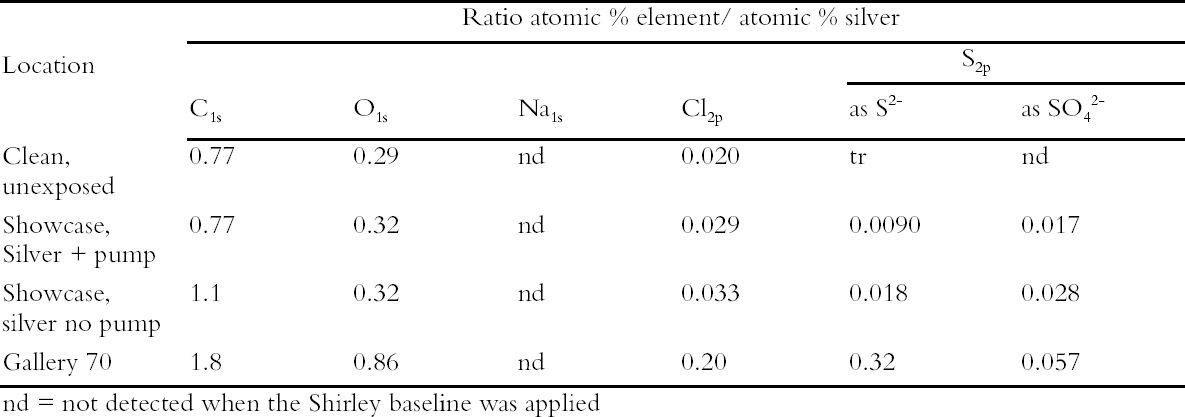PREVENTIVE CONSERVATION RESEARCH AND PRACTICE AT THE BRITISH MUSEUMSUSAN BRADLEY
5 CONCLUSIONSGreater understanding of the interaction of the museum environment with the collection has been achieved through research by the scientists in the British Museum. Increase in knowledge has been incremental, with improvements in scientific technology providing the capability to extend the work into levels of detail unimaginable in 1970. So that actual object needs are met in a cost-effective way, Museum scientists conducted object-based research designed to inform the preventive conservation strategy (Bradley 1996), rather than advocating wholesale implementation of conditions taken from the literature. Full air-conditioning of the building is not appropriate given the historical significance of the building itself, the range of materials and their levels of deterioration; and the mixed object displays which
The research has been utilized both in the British Museum and in the wider museum community informing showcase and storage unit design. It has prompted manufacturers to move away from wood to metal storage units, and glass and metal showcases, and to develop in-case conditioning systems which are superior to those based on humidifiers and dehumidifiers which we used for 25 years. Design of new galleries and storage facilities incorporates conservation requirements such as air cooling and filtration which are justified by the research. Most importantly, in new galleries and new storage areas, the objects are displayed and stored in safe conditions that are a vast improvement over those which existed in 1970 when this research was begun. ACKNOWLEDGEMENTSI would like to thank all the members of the Conservation Science team who have worked over the years to develop our understanding of deterioration and the Museum environment. In particular Lorna Lee (n�e Green) and David Thickett have made a substantial contribution to this research. I would like to acknowledge the help of the conservators, curators, museum assistants, designers, particularly Geoff Pickup and buildings staff who point out incidents of objects changing, help with measurements in galleries and stores, and implement solutions. I would also like to thank Sheridan Bowman for reading the manuscript and suggesting improvements. |
